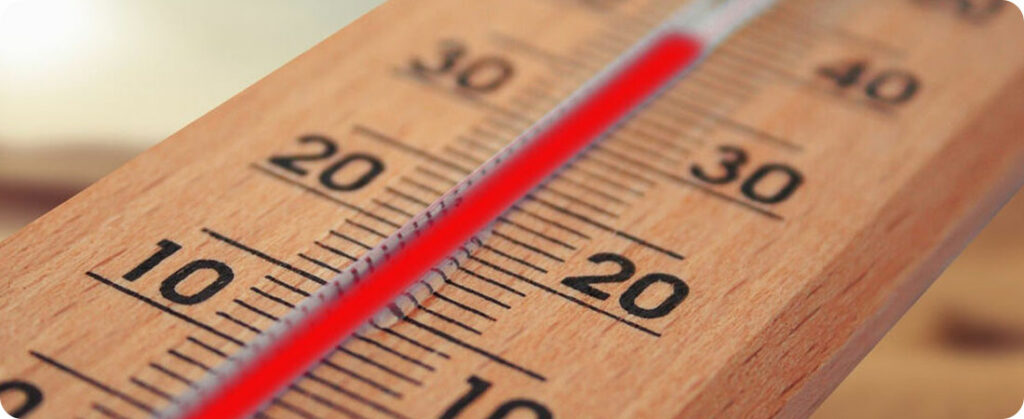
In recent days, one of the most discussed topics has been drastic temperature variations at extreme levels, an issue that is generating direct concern among rural producers and the entire agricultural market. With predictions that are not confirmed, farmers in all regions of Brazil and the world are facing challenges with variable harvests and projections, which demands the formulation of new strategies.
Intense rains in the South and Southwest region caused great losses to rural producers. According to the Paraná Meteorological System (Simepar), October recorded the highest volume of rain in 26 years, impacting the supply and quality of products/inputs. The climate, strongly influenced by El Niño, has already affected the harvest of wheat and barley, predominant crops in the region. The initial production forecast for 2023/24 was 8.4 million tons. However, it is currently 15.5% lower than expected, according to a report from the National Supply Company (Conab).
Furthermore, the reduction in purchases by mills towards the end of the year is putting pressure on prices, which continue to fall. In the Central-West and North regions of Brazil, the lack of rain and high temperatures raise concerns. This results in losses when sowing soy, requiring replanting in some areas. Conab, in a previous report, projected soybean production of 162 million tons, but now we are talking about 157 million tons. Conab estimates corn production in the first harvest at 25.3 million tons. This represents a reduction of 7.5% compared to the previous harvest.
Concerns about drought in Brazil raise prices and impact grain production
In the United States, in response to North American and Asian demand for oilseeds, the market is seeking a recovery in prices, also supported by concern about drought in some parts of Brazil, the world's largest exporter. Influenced by a drop in domestic and foreign production, wheat production was also affected by the weather, not only in Brazil, but globally. According to Forbes, Brazilian wheat imports in the first ten months of the year totaled 3.4 million tons, a drop of almost 1.5 million tons compared to the same period in 2022, due to the smaller harvest in Brazil and the reduced supply from Argentina.
For next year, despite expectations of improved weather conditions, Conab's estimate for grain production in Brazil in the 2023/24 harvest is 312.3 million tons. However, given this new adverse scenario, the possibility of a drop of 2.4% compared to the previous year is already being discussed.
Estimates from Safras & Mercados indicate climate challenges in the production of soybeans, corn and wheat in Brazil
A Crops & Markets estimated Brazil's soybean production at 158.23 million tonnes, a reduction of 1.95% compared to the previous estimate of 161.38 million tonnes. For the American soybean harvest, then, the estimate remains unchanged at 112.4 million tons. The scenario for corn is unfavorable, with lower national production, a reduction in planted area and a drop in productivity, combined with good productivity in the United States and, of course, the climatic conditions in Brazil. As for Brazilian wheat, Conab predicts an increase in imports and a reduction in exports, due to low domestic production.
Therefore, we can anticipate that the weather will continue to be the main challenge and influence on prices next year. There is a chance of a crop failure in all the mentioned crops. This could impact commodity markets, with the prospect of rising prices. Furthermore, supply may decrease throughout the year.
Per: Bianca Vargas | Feed Ingredients unit broker










